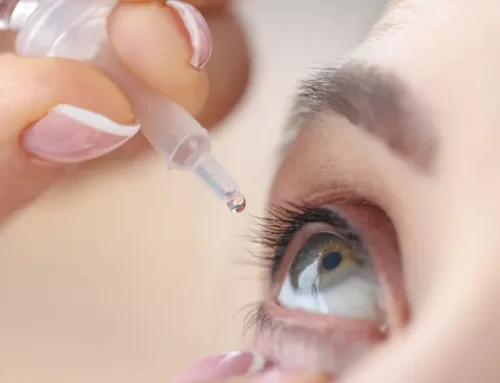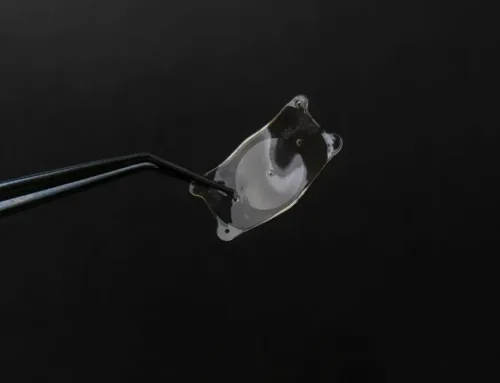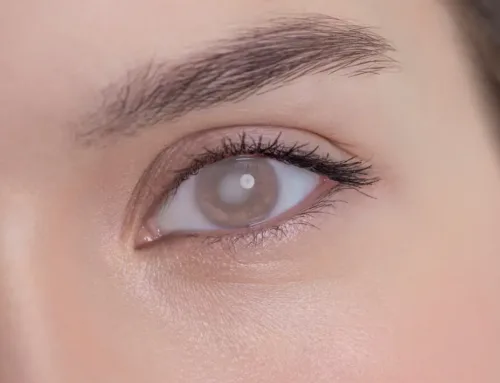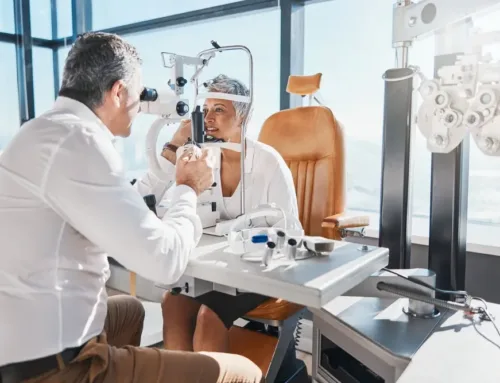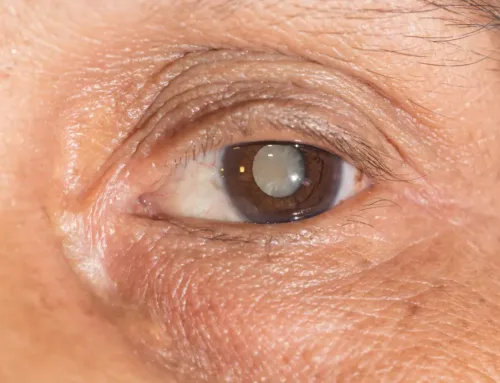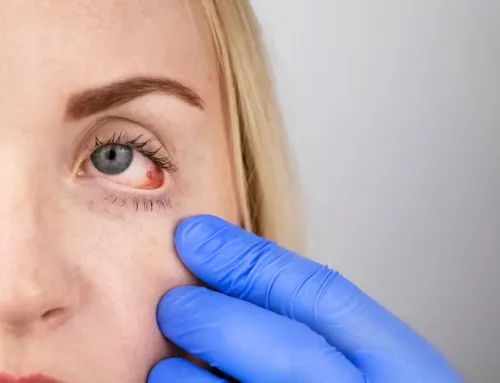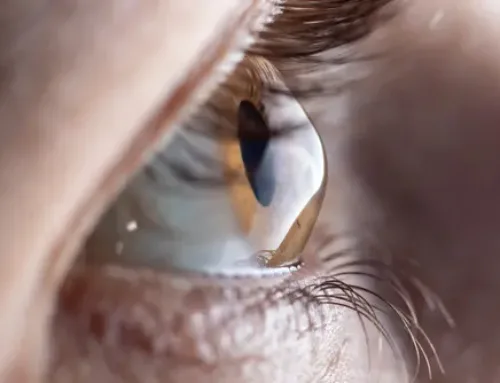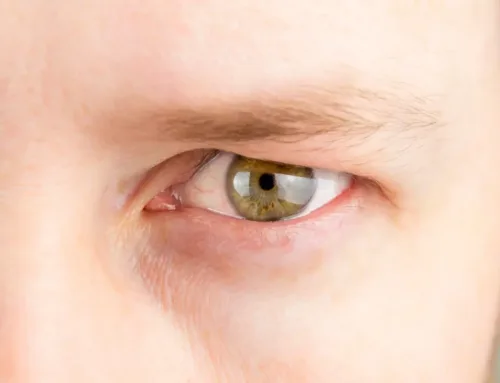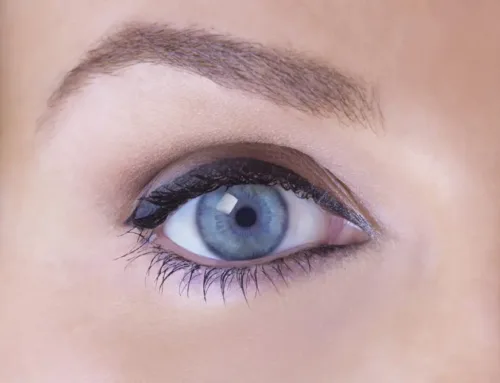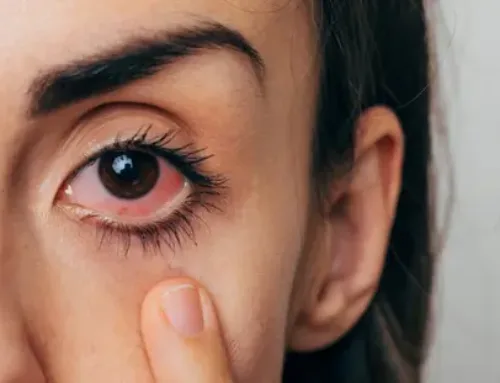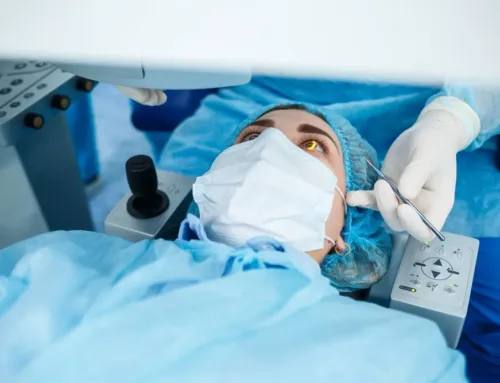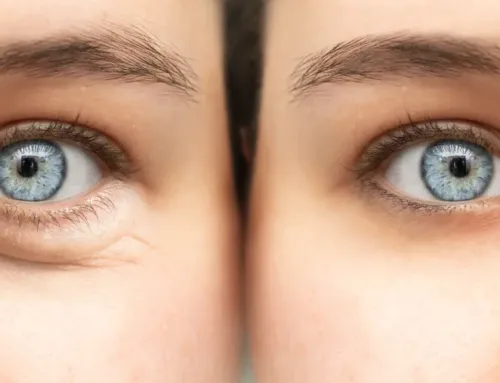- Understanding Keratoconus
- What Is Corneal Cross-Linking?
- How Does Corneal Cross-Linking Work?
- Benefits of Corneal Cross-Linking
- Is Corneal Cross-Linking Right for You?
- Aftercare and Recovery
Keratoconus is a progressive eye condition that can significantly affect your vision. In this disorder, the cornea, the clear front part of the eye, becomes thin and bulges into a cone shape. This change can lead to distorted vision and sensitivity to light. Many people with keratoconus find daily activities, like reading or driving, challenging. Fortunately, corneal cross-linking has emerged as a promising treatment option for managing this condition. This blog will explain corneal cross-linking, its benefits, and how it can help you manage keratoconus.
Understanding Keratoconus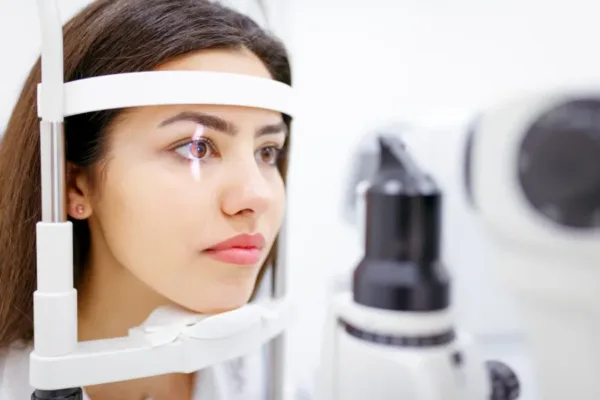
Keratoconus is a condition that can progress over time, and recognizing its symptoms early can lead to timely intervention. The importance of understanding keratoconus lies in its impact on vision and the potential for treatment. Here are some key points to consider:
Definition: Keratoconus is a progressive eye disorder characterized by the thinning of the cornea, which leads to its abnormal bulging into a cone shape. This change can cause various vision problems, making it difficult for individuals to see clearly.
Common Symptoms:
- Blurred or Distorted Vision: Patients may notice that their vision becomes blurry or distorted, making everyday tasks difficult.
- Increased Sensitivity to Light: Many people with keratoconus experience heightened sensitivity to bright lights, leading to discomfort.
- Frequent Changes in Prescription Glasses: As the shape of their cornea changes, individuals may find that they need to change their eyeglass prescriptions more frequently than usual.
- Sudden Worsening of Vision: Sometimes, the condition can lead to a sudden decrease in vision quality, making prompt evaluation necessary.
Causes and Risk Factors: While the exact cause of keratoconus is not fully understood, certain factors may increase the risk of developing this condition. These include:
- Genetics: Keratoconus can run in families, suggesting a genetic component to its development.
- Environmental Factors: Eye rubbing and exposure to allergens may contribute to the progression of keratoconus in some individuals.
- Certain Medical Conditions: Conditions such as Down, Ehlers-Danlos, and Marfan syndrome may be associated with a higher incidence of keratoconus.
Diagnosis: An eye care professional typically diagnoses keratoconus through a comprehensive eye examination, which may include corneal mapping to measure the shape and thickness of the cornea. Early diagnosis is essential, leading to timely treatment and better outcomes.
Connection to Cross-Linking: The cornea’s structure weakens as keratoconus progresses, leading to more severe vision distortions and potential complications. This is where corneal cross-linking becomes crucial. This innovative procedure strengthens the cornea to help stabilize the condition and preserve visual function.
Understanding keratoconus is vital for those experiencing its symptoms or those diagnosed with it. Knowledge of the condition empowers patients to seek timely treatment and explore options like corneal cross-linking, which can significantly improve their quality of life.
What Is Corneal Cross-Linking?
Corneal cross-linking is a medical procedure designed to strengthen the cornea. It aims to stop the progression of keratoconus, allowing for better management of the condition. The treatment involves riboflavin (vitamin B2) drops and ultraviolet (UV) light to create new bonds in the corneal tissue.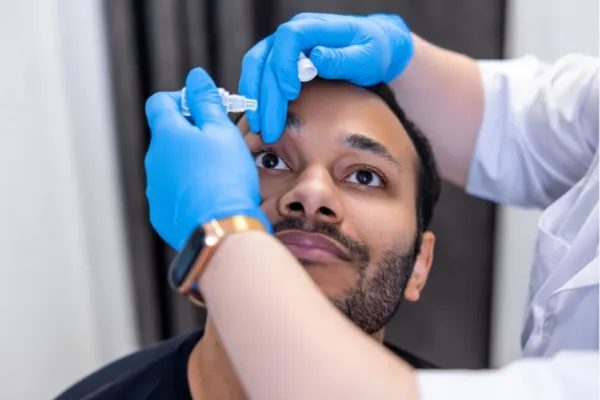
How Does Corneal Cross-Linking Work?
Understanding the process of corneal cross-linking can help you appreciate its effectiveness. Here is a simple breakdown of how the procedure works:
- Preparation: The procedure begins with numbing the eye using anesthetic drops. The cornea’s outer layer may be removed or softened to allow better absorption of riboflavin.
- Application of Riboflavin: Riboflavin drops are placed on the cornea, which allows the cornea to absorb the vitamin effectively.
- Exposure to UV Light: After the riboflavin is absorbed, the cornea is exposed to UV light for a set amount of time. This combination strengthens the bonds between collagen fibers in the cornea.
- Strengthening the Cornea: The chemical reaction during this process creates new cross-links in the corneal structure, leading to a more stable cornea.
Benefits of Corneal Cross-Linking
Corneal cross-linking offers several significant benefits for individuals with keratoconus. By understanding these advantages, you can make informed decisions about your eye care. Here are some key benefits of the procedure:
- Halting Progression: Research shows that corneal cross-linking can effectively stop the progression of keratoconus in many patients, allowing them to maintain their vision and quality of life.
- Improved Vision: Many patients experience stabilization of their vision. Some may even achieve better visual acuity after undergoing the procedure.
- Minimally Invasive Treatment: Corneal cross-linking is performed as an outpatient procedure, meaning patients can go home the same day. It typically involves minimal discomfort and a short recovery time.
- Long-lasting Effects: Studies indicate that corneal cross-linking’s benefits can last for several years, helping patients avoid more invasive treatments in the future.
Is Corneal Cross-Linking Right for You?
Determining if corneal cross-linking suits you requires a consultation with an eye care professional. Here are some factors to consider when discussing this treatment option:
<ul”>
- Age and Severity of Keratoconus: Corneal cross-linking is generally more effective in younger patients whose keratoconus is still progressing.
- Overall Eye Health: A thorough examination of your eye health will help your doctor assess whether you are a good candidate for this procedure.
- Personal Goals: Consider your visual goals and how keratoconus affects your daily life. Discussing these with your eye care provider can help tailor your treatment plan.
Aftercare and Recovery
Proper aftercare is essential for the success of corneal cross-linking. After the procedure, your eye care provider will give specific instructions to ensure a smooth recovery. Here are some key points to keep in mind:
- Use of Eye Drops: You will likely receive prescribed eye drops to help manage discomfort and reduce infection risk.
- Avoid Rubbing Your Eyes: It is crucial to protect your eyes during the healing process. Avoiding any pressure on the eyes will promote healing.
- Follow-up Appointments: Regular check-ups after the procedure will help monitor your recovery and visual progress. Your doctor will assess how well the treatment works and make any necessary adjustments to your care plan.
Next Steps with Cross-Linking
Corneal cross-linking is an innovative treatment option that can significantly help manage keratoconus. This procedure provides patients hope for improved vision and quality of life by strengthening the cornea and halting its progression.
If you are experiencing symptoms of keratoconus and are considering corneal cross-linking as a treatment option, the Treasure Coast Eye Specialists team is here to help. Our experienced professionals understand the challenges of living with keratoconus and are dedicated to providing personalized care to meet your needs. By scheduling an appointment with us, you can discuss your concerns, undergo a comprehensive eye exam, and learn more about how corneal cross-linking may benefit you.


